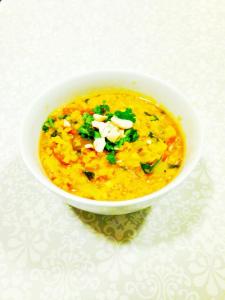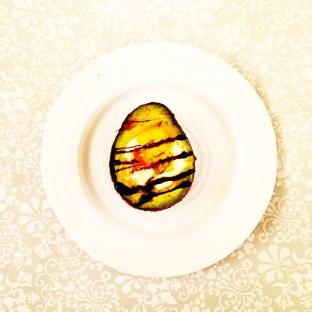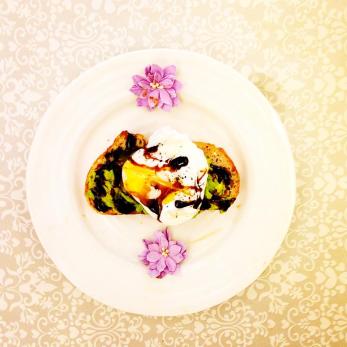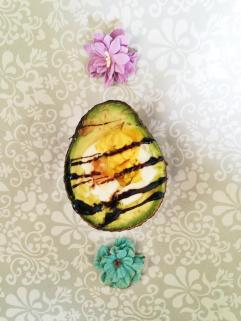Music has the ability to transport us back to our childhood parties dancing to S club 7, make our parents flail their limbs to perfectly depict ‘dad dancing’, burst into tears and cry till we’re completely dehydrated and even increase the intelligence of babies before they’re born. But what are the effects of music on our food experiences?
Researchers at Oxford have been trying to answer this question, with some surprising results. Their findings suggest that the perception of taste and pitch are interrelated. High pitched sounds are associated with sweet and sour foods, while low pitched sounds are associated with more bitter and umami flavours.
More impressively, the sounds we hear might actually alter the taste of foods. Students were fed a toffee while listening to high- and low-frequency sounds. High notes made them rate the toffee as sweeter, where as low notes made it seem more bitter. A food artist, Caroline Hobkinson, wanted to test whether this was true in the real world, so introduced the ‘sonic cake pop’. It was served in restaurants with a telephone number that the diner had to call and then select 1 for sweet or 2 for bitter. Amazingly, the tone played down the phone changed the whole perceived taste of the dish. (You can try this out for yourselves by clicking here).
But that’s not the only effect music can has on our eating experience. Have you ever noticed that fast food chains only play overbearingly loud and intolerable pop music? That’s not just because they all have awful music taste (though this is probably also the case), but they purposefully do this to control the customer’s experiences. They want you to eat fast and leave quickly so make sure they only play high tempo songs. Alternatively, really posh restaurants almost always play soft classical music to increase the quality of your perceived experience (apart from the genius that is Heston who makes diners listen to sounds of the sea before tucking into a fish dish – an idea inspired by this research lab in Oxford).
These music varieties don’t just function to set the mood, but actually change eating behaviours. One study played different types of music to individuals and monitored their number of bites. They ate twice as fast, and consequentially consumed more, when hearing ‘spirited tunes’ in comparison to classical music or silence. The unconscious power of music on food is remarkable, impacting the speed, volume and flavour of what we eat.
This research has recently been used to investigate healthy eating. For an exciting new project, we are going to attempt to reduce caloric intake through music. The idea is that softer sounds increase the body’s perception of sweetness, which will in turn make reduce sugar consumption. We’ll be collecting the results soon, so I’ll let you know if we find music to be a useful weight loss tool!
I encourage foodies and music snobs alike to try and experiment with music and taste – it’s a cool experience that can be done at home. Grab something bittersweet like coffee or chocolate and swap between these two sounds as you taste. You should notice that at high frequencies your whole mouth becomes sweeter and low frequencies make it seem more bitter.
Or have a go at making this dish for some friends. Secretly put on a range of different songs and try and see if their eating speed subtly changes with the music. I tried this and felt like a magician. It’s crazy how easily you can trick the mind. If there is no useful benefit of all these psychological musings, at least it can bring me one step closer to being Derren Brown.

Roasted aubergine salad with tahini dressing:
Ingredients:
2 aubergines
1 tablespoon olive Oil
Handful pomegranate seeds
Handful pine nuts
Handful fresh basil leaves
Dressing
2 tablespoons tahini
1 teaspoon mustard
3 tablespoons olive oil
2 tablespoons lemon juice
1 crushed garlic clove


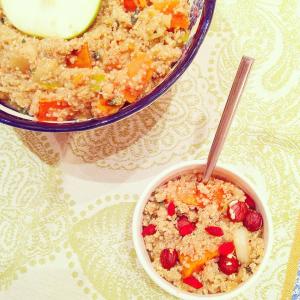

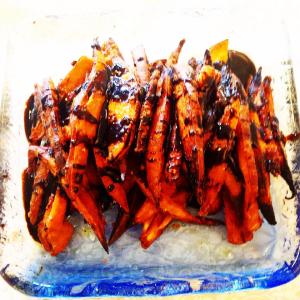
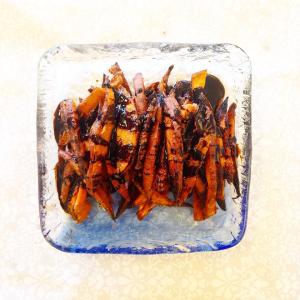


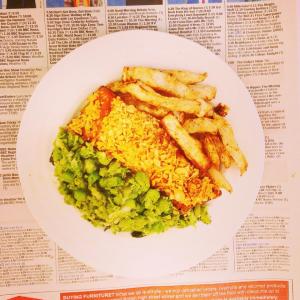






 I found out something really cool and interesting that has really helped me to change the way I think about food…
I found out something really cool and interesting that has really helped me to change the way I think about food…

